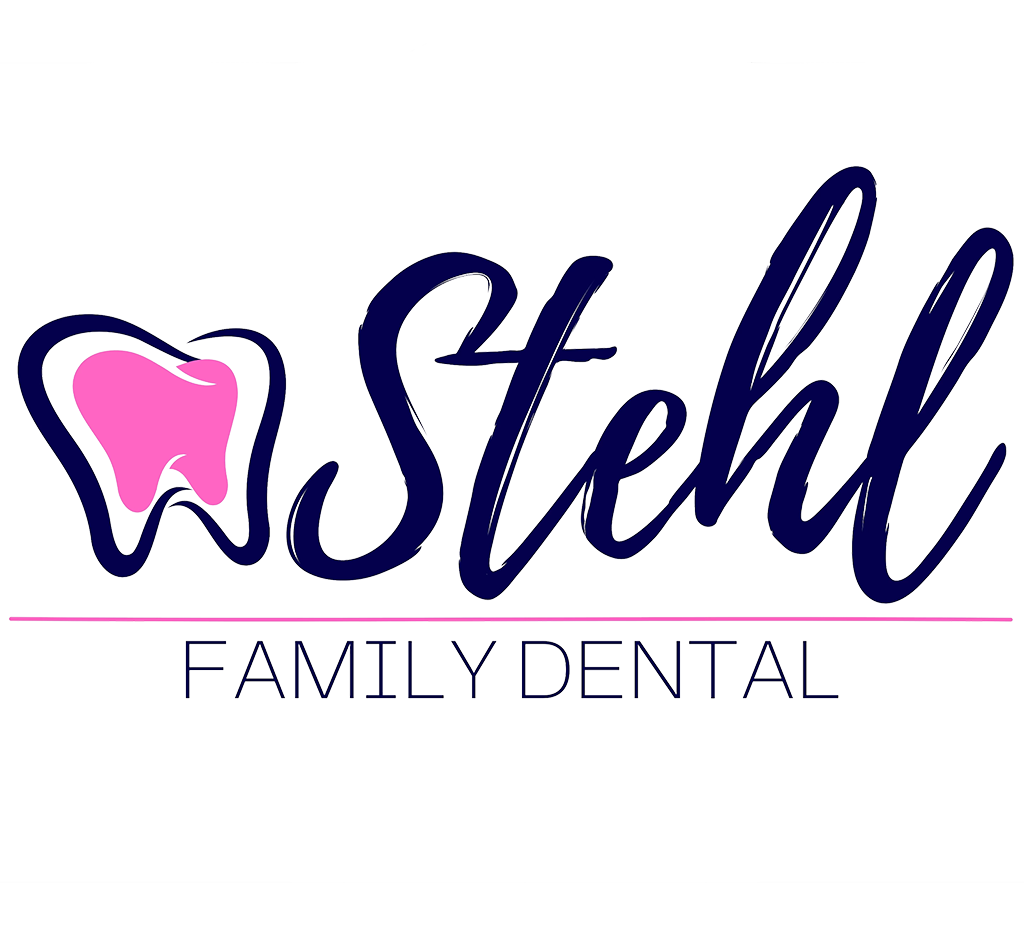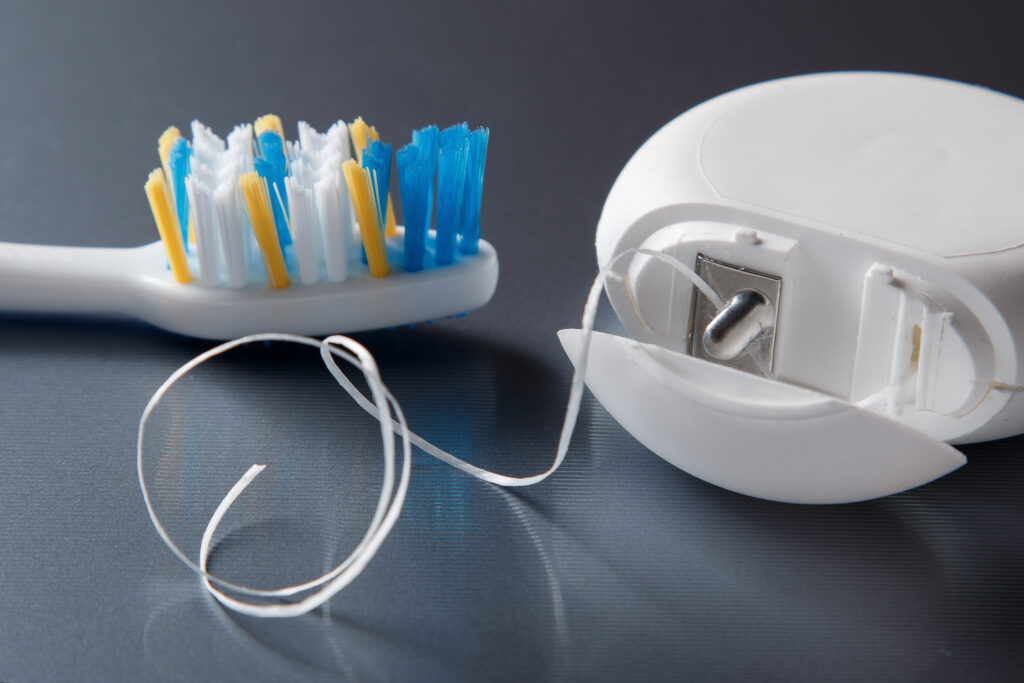Your gums are the foundation of your smile, but they’re often overlooked when it comes to oral health. Gum disease, or periodontal disease, affects nearly half of adults in the U.S., and it can lead to tooth loss if left untreated.
At Stehl Family Dental in Lee’s Summit, we believe in the power of prevention. If you’re looking for a dentist in Lee’s Summit to help with gum disease prevention and treatment, this blog post is packed with valuable information on how to keep your gums healthy and prevent issues down the road.
What is Gum Disease?
Gum disease begins when bacteria from plaque (a sticky film of food and bacteria) build up on your teeth and gums. If this plaque is not removed through regular brushing and flossing, it can lead to inflammation and infection in your gums, causing the earliest stage of gum disease, called gingivitis.
If left untreated, gingivitis can progress to periodontitis, a more severe form of gum disease that can cause gum recession, tooth mobility, and even tooth loss. Symptoms of gum disease include:
- Red, swollen, or bleeding gums
- Persistent bad breath
- Receding gums or pockets between teeth and gums
- Loose or shifting teeth
- Pain while chewing
Regular dental visits and good oral hygiene habits can help prevent gum disease from progressing, but if you’re already showing signs of gum disease, it’s important to seek treatment as soon as possible.
Gum Disease Prevention: Tips for Healthy Gums
The best way to avoid gum disease is through prevention. Here are some simple yet effective tips from your Lee’s Summit dentist to keep your gums healthy:
1. Brush Twice a Day
Brushing your teeth properly at least twice a day is the foundation of good oral hygiene. Use a soft-bristled toothbrush and fluoride toothpaste to gently clean all surfaces of your teeth. Be sure to brush along the gumline, where plaque tends to accumulate.
2. Floss Daily
Flossing is essential for removing plaque and food particles from between your teeth and under the gumline—areas that your toothbrush can’t reach. Make flossing a daily habit to keep your gums and teeth free from bacteria.
3. Regular Dental Cleanings
Even with a great home care routine, plaque can still build up over time, leading to tartar that can only be removed by a dentist or hygienist. Professional cleanings are crucial for preventing gum disease. We recommend seeing your dentist for a cleaning every six months.
4. Eat a Healthy Diet
A balanced diet rich in fruits, vegetables, whole grains, and lean proteins supports overall health, including your gum health. Foods high in vitamin C, like citrus fruits and leafy greens, help your body fight infection and maintain strong, healthy gums. Avoid sugary snacks and drinks that can contribute to plaque buildup.
5. Avoid Tobacco Products
Smoking and chewing tobacco increase your risk of developing gum disease by reducing blood flow to the gums and making it harder for your body to fight infection. Quitting tobacco is one of the best things you can do for your oral and overall health.
6. Stay Hydrated
Drinking plenty of water throughout the day helps wash away food particles and bacteria that can contribute to plaque buildup. It also helps keep your mouth moist, which is important for preventing dry mouth—a condition that can increase the risk of gum disease.
7. Manage Stress
Chronic stress can negatively impact your immune system, making it harder for your body to fight off infections like gum disease. Practice stress-reducing activities like meditation, yoga, or deep breathing exercises to keep your gums and overall health in check.
Dental Treatments for Gum Disease Prevention at Stehl Family Dental
If you already have gum disease, don’t worry—treatment options are available. The sooner you seek treatment, the better your chances of preventing further damage to your gums and teeth. Here are some of the treatments we offer at Stehl Family Dental to help manage and treat gum disease:
1. Scaling and Root Planing
This is a deep cleaning procedure that targets areas below the gumline where plaque and tartar have built up. Scaling involves removing the plaque and tartar from the teeth, while root planing smooths the surface of the tooth roots to prevent future plaque buildup. This treatment is often recommended for patients with early to moderate gum disease.
2. Antibiotic Therapy
In some cases, we may prescribe topical antibiotics to help eliminate infection in the gums. These can be applied directly to the affected areas or placed in pockets between the gums and teeth. Antibiotics help control bacterial growth and promote healing.
3. Laser Gum Therapy
Laser treatments can be used to remove infected tissue, reduce inflammation, and stimulate gum tissue regeneration. Laser gum therapy is minimally invasive, with faster healing times compared to traditional gum surgery.
4. Periodontal Surgery
For advanced cases of gum disease, surgical options may be necessary. Procedures like flap surgery and bone grafts can help restore gum health and prevent further tooth loss. We’ll carefully evaluate your condition and discuss the best treatment options with you.
Don’t Let Gum Disease Affect Your Health
At Stehl Family Dental, we’re committed to helping you maintain healthy gums and a beautiful smile. As your trusted Lee’s Summit dentist, we take a personalized approach to gum disease prevention and treatment, ensuring that you receive the most effective care for your unique needs.
If you’ve noticed any signs of gum disease or just want to ensure your gums stay healthy, don’t wait—schedule a consultation at Stehl Family Dental today. Call us now to book your appointment and take the first step toward healthier gums and a more confident smile!

